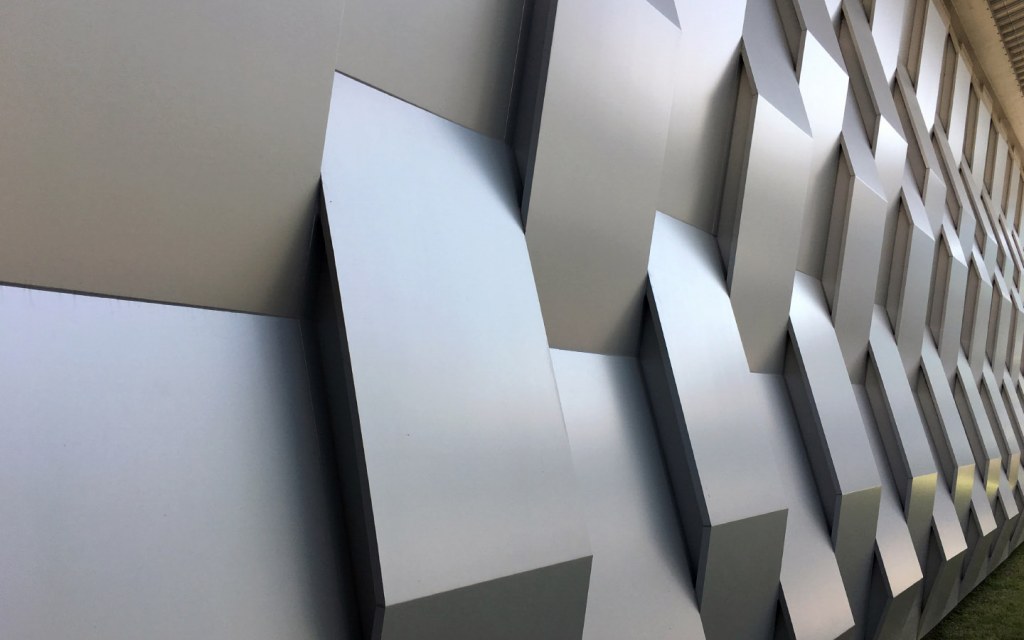Home » Construction » Fiberglass Wall Panels – A New Trend in Walls
Fiberglass wall panels are made of polyester resin and fiberglass. The fibers are made of glass, carbon or basalt. You can also find fiberglass having wood and paper fibers in the construction industry. The plastic used in the fiberglass wall panels have a high resistance level and can endure high pressure. The plastic when reinforced with fiberglass enhances durability and strengthens the elasticity of the wall panels. They are specifically used in walls and ceilings because not only are they durable, but also water-proof and scratch-resistant. Among prominent architectural trends in Pakistan, fiberglass wall panels are, indeed, gaining recognition.
Benefits of Using Fiberglass Wall Panels
- Durable
- Saves costs
- Lightweight
- Resistance to mold and rust
- Can reproduce any texture
Let’s discuss the advantages of fiberglass wall panels one by one.
Durable
As mentioned, fiberglass wall panels are reinforced using fibers with varying degrees of flexibility and strength. Wall panels with carbon fiber are light-weight and durable. Fiberglass panels have gained a lot of popularity recently because of its strong and resistant structure. They have a non-porous surface and a high-resin content that does not retain any moisture. Owing to this, they can even be used in kitchens and bathrooms.
Saves costs
Fiberglass wall panels, although slightly more expensive than other kinds of wall, can save costs when you think of long-term usage. They are more practical and have a high-resistance to corrosion, mold or termite infestation. Due to its durability and almost zero maintenance needs, fiberglass reinforced wall panels are becoming increasingly popular among those who are looking to construct low-maintenance homes. Also, they can insulate better. You won’t need to invest in cooling or heating mechanisms in the house.
Light-weight and flexible
Fiberglass wall panels are light in weight and volume than their aluminum and steel counterparts. This means it is easy transporting them to the construction site. Being light-weight and having the strength to endure any climatic changes makes fiberglass wall panels ideal for specialized usage. They are used in the construction of offices, industrial units and water tanks among many others. The exterior fiberglass wall panels are easily installed using adhesives and glue.
Resistance to mold and rust

One of the pros of fiberglass wall panels is its ability to resist rust. Over the years, when most metal surfaces catch rust, fiberglass wall panels just don’t allow it to rust. This is all because of the presence of high-resin content. The resin laminate in the wall panels is the reason why it is highly unlikely for fiberglass to corrode or rust.
Can reproduce any texture
Fiberglass wall panels can reproduce any texture, such as the panels can take the look of stone, cement and even real wood. They are hard to differentiate from the original materials. More so, it is given a fine finishing touch so that there is high resemblance to the real material. The warranty of fiberglass wall panels is of 30 years. For wood panels and other decorative walls have a small life.
Installing Fiberglass reinforced wall panels
Fiberglass reinforced panels are ideally used in kitchens, washrooms, drawing/dining areas, offices, industrial units, educational institutes, hospitals and on water tanks. One of the major pros of fiberglass wall panels is that it can be easily installed over new drywall and is also used to repair damaged surfaces.
How-to-install fiberglass wall panels over drywall
The method of installing fiberglass wall panels over drywall is through a water-based adhesive. If glue and fastener are required, the panels can be secured through plastic pop rivets placed at spaced intervals. The pieces of trim molding between the panels and in the inside and outside corners are usually installed with metal staples. With maximum water-resistance, panels can be sealed at all trim joints using silicone.
How-to-install fiberglass wall panels on a non-drywall
Fiberglass reinforced wall panels (FRP) can be installed on most surfaces using strong adhesives and rivets. As mentioned, water-based mastic glue is most suited for drywall. But for substances that are glossy, rough and not flat, for instance concrete block and ceramic tile, an oil-based fastener is advised. With hard substances, like tile or block, trim moldings can be glued to the substance or if need arises, a nail can be used to install them.
So, this was everything you needed to know about fiberglass wall panels. When constructing a house, also check for possible seepage through the walls and how to protect them. You can also check out how to renovate your house through creative wall decor ideas. For more updates on construction-related articles, check out the top real estate blog in Pakistan.



